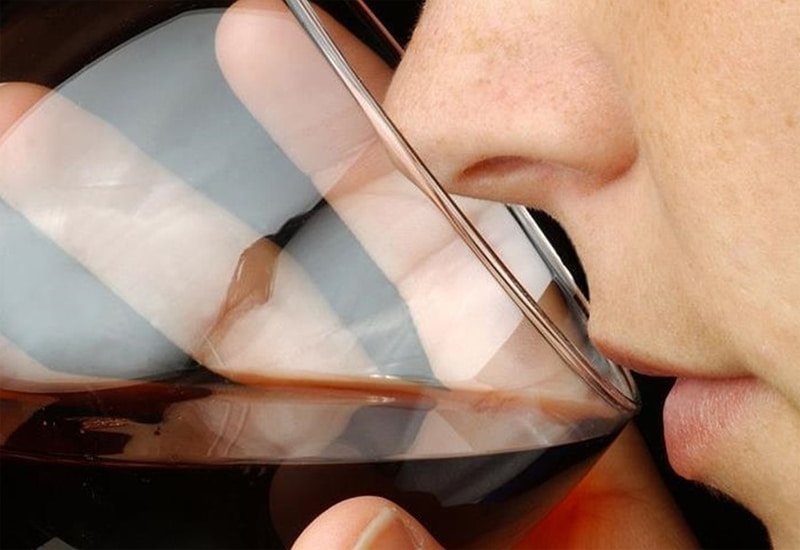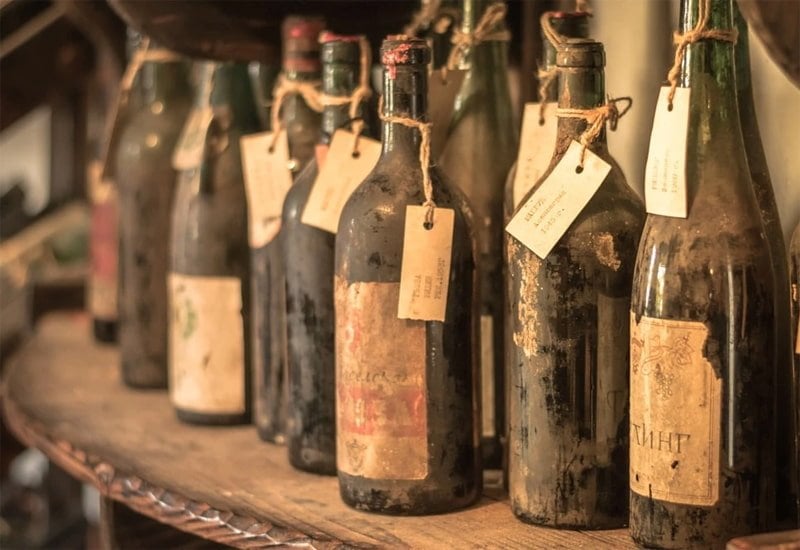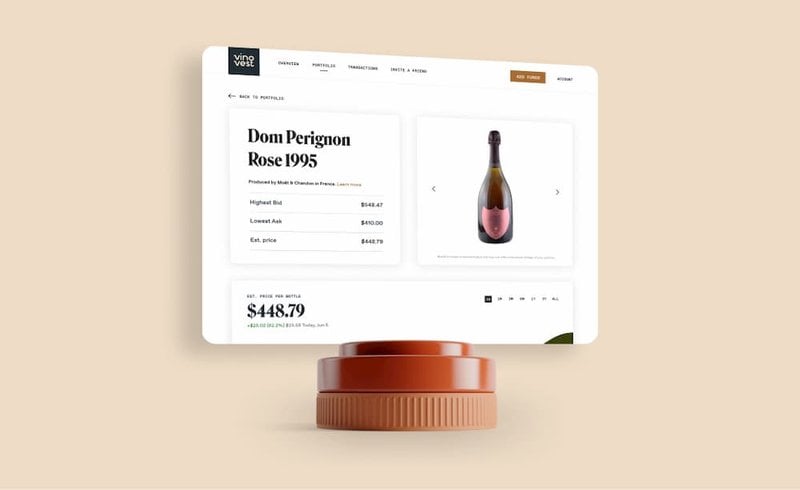How Long To Let Wine Breathe: 6 Must-Know Tips
Opening a bottle of your favorite wine after a busy work week is the perfect way to unwind.
But imagine your excitement mounting as you uncork a decadent red wine bottle only to wrinkle your nose at the strong smell.
Sounds familiar?
You’re not alone. Fortunately, you can improve your wine drinking experience with some aeration. We’ll reveal a few tips on how long to let wine breathe and whether all wine types need aeration.
Further reading
- Explore an array of Bold Red Wines to suit every palate.
- Opt for a White Wine Variety whenever you crave a burst of fruity freshness.
Should You Let Wine Breathe?

No, you don’t have to aerate every wine you plan to drink.
Fragile red wine (like the 1928 Chateau Mouton Rothschild, Pauillac), for instance, can become undrinkable if it’s exposed to too much air. And, some white wines like Sauvignon Blanc can lose their aromatic qualities with aeration.
But, in other instances, aerating or decanting wine has its benefits.
For example, decanting wine that’s older will stop the wine's sediment from making its way into your wine glass. And, aerating a younger wine helps soften its harsh tannin texture.
When you let the wine “breathe,” you introduce oxygen to the wine, which helps reveal all its subtle aroma and flavor notes.
You can aerate wine in a few ways:
- Swirl: Swish your white or red wine around in your glass to speed up the aeration process.
- Pour into a wine decanter: Pour the wine into a wine decanter and let it sit for some time before serving.
- Double decant: Aerate the wine in the decanter, then pour it back into the wine bottle before serving.
- Use a wine aerator: Clip an aerator onto the wine bottle and pour as usual.
How long you let your wine breathe (or aerate) depends on the wine type and vintage. Let’s take a closer look.
How Long To Let Wine Breathe: 6 Useful Tips To Help You Decide
Here’s how to figure out how long you should let your wine breathe:
1. Do a Bit of Research About the Wine

Finding out more about the wine’s characteristics and recommended aeration time can make a huge difference in your wine drinking experience. So, make sure you do your homework, especially if you’re dealing with a high-end bottle like a Chateau Cheval Blanc.
2. Pour Yourself A Sample

Pouring yourself a small amount of wine after opening the bottle can help you decide whether to aerate it or not.
When you pour a sample into your glass, investigate the wine’s aroma and taste. Unpleasant aroma notes (like sulfur, rotten eggs, burnt matches, or rubber) and an overwhelming or harsh tannic taste are a clear indication you need to let the wine breathe.
3. Older Vintages May Require Less Aeration

Contrary to popular belief, you don’t need to decant old wine (vintage Port for instance) for many hours. Sometimes, even a few minutes can over oxidize a more delicate wine.
To avoid making your older wine undrinkable, here are a few tips to follow:
- Red wine loses its hue as it ages. So, if the wine is old and appears lighter in color, aerate it for no more than 15 minutes.
- If you have an aged wine with a bright red or inky hue, you can decant it for about 30 minutes.
- Always decant mature wine (aged in the bottle for at least eight years) to remove its sediment.
4. Aerate Young Red Wines For Longer

Young red wines (like the Willamette Valley Vineyards Pinot Noir and the Duckhorn Vineyards Cabernet Sauvignon, Napa Valley) can be very tannic and may pack a punch at first whiff or taste.
To soften tannins and smoothen out the palate, allow the wine to breathe. Here are a few ways:
- Zealously swirl the wine and let it rest for 20 minutes in the wine glass. This is sufficient time to open up any tannic red wine.
- If you plan on drinking more than one glass, pour the wine into a decanter and let it breathe for roughly 2 hours. The longer aeration period will soften the wine’s strong tannin flavour.
- Another great way to go about aerating a young wine is to double decant it.
5. White Wine and Sparkling Wine Need Less Aeration

Typically, white wine and sparkling wine do not need aeration or decanting.
However, there are a few exceptions:
- Some white or sparkling wine styles: If the wine smells sulfurous, let it aerate for about 15 minutes in a carafe (or a decanter.)
- Full-bodied, dry white wine (e.g. Chardonnay and White Rioja): This wine style can benefit from a short aeration period.
- White Burgundy wine, Alsace white wine, and white Bordeaux wine: These wines need to breathe for around 30 minutes.
6. Watch How The Wine Develops

The wine's flavor and aroma constantly evolve from the moment you open the bottle to the last sip you take.
The best way for any wine lover to truly enjoy a bottle of wine is to follow along this journey.
It may help to take notes on what you smell and taste, especially if it’s a highly anticipated wine bottle.
A Little Air Goes A Long Way in Wine Tasting!
If you’re not sure whether your fine wine bottle needs aeration, just let it breathe for a little while. The chances are that’s what the wine needs, and after a few minutes, you can sit back and enjoy your aerated wine.

Now, if you’d like to invest in fine wine, then check out the Vinovest website. Vinovest is a wine investment firm that helps you easily buy, store, and sell your fine wine bottles.



